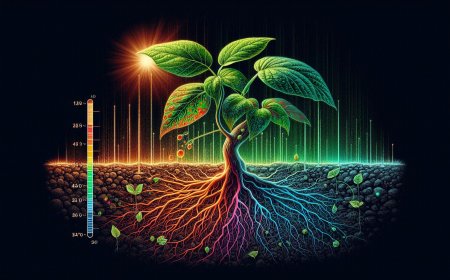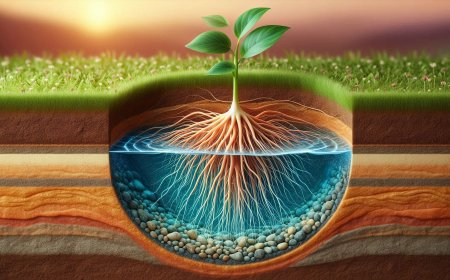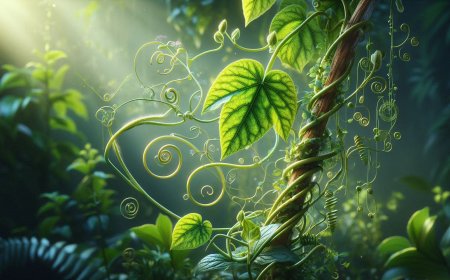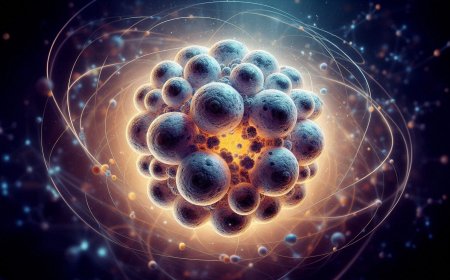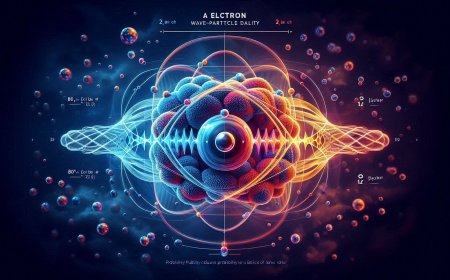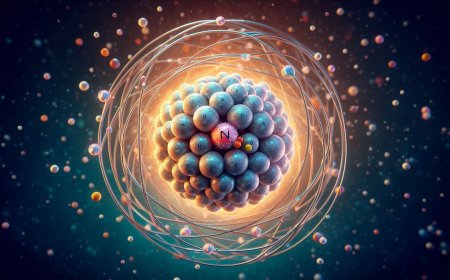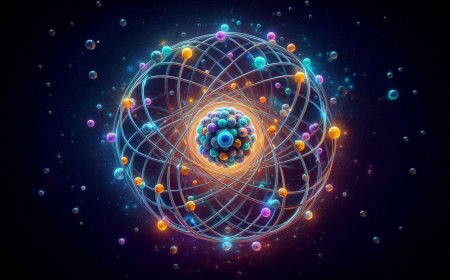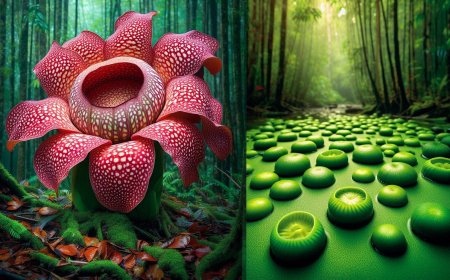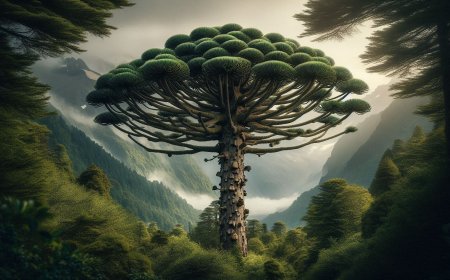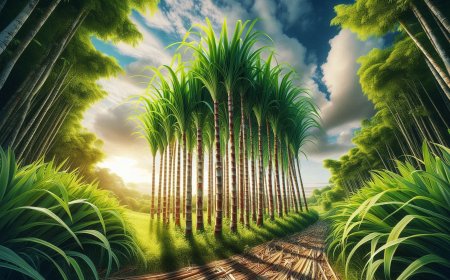The Primary Producers in Nature: The Unsung Heroes of Life’s Web
Discover the essential role of primary producers in nature, from plants and algae to phytoplankton, powering ecosystems through photosynthesis and supporting life’s food webs. Learn about their impact on oxygen production, carbon sequestration, and ecosystem health.
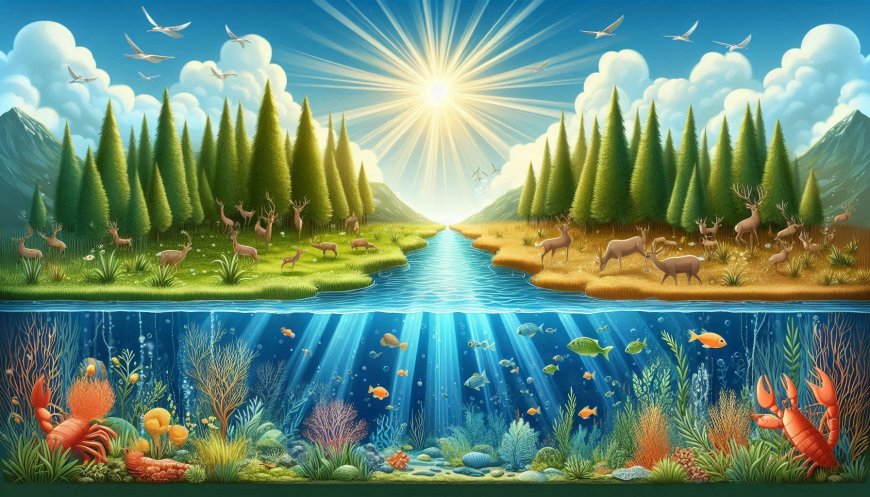
In the vast tapestry of life, where every organism has its unique role, primary producers hold a place of extraordinary significance. Often underappreciated, these organisms are the very foundation of ecosystems, creating the energy upon which all other life forms depend. From lush forests to the deepest oceans, they power life as we know it. Let’s explore who these primary producers are, how they function, and why they are so essential to the balance of nature.
What Are Primary Producers?
Primary producers are organisms that can create their own food using light energy (via photosynthesis) or, in some cases, chemical energy (through chemosynthesis). Unlike consumers, who must eat other organisms to obtain energy, primary producers synthesize organic compounds that sustain themselves and indirectly support all other life forms in an ecosystem.
Primary producers are incredibly diverse, ranging from microscopic phytoplankton in the oceans to towering trees in rainforests. Despite their variety, they share the unique ability to transform inorganic substances into organic matter. This single characteristic makes them the foundation of the food web.
How Primary Producers Power Life Through Photosynthesis
For most primary producers, the magic of photosynthesis is the key. Plants, algae, and cyanobacteria absorb sunlight and convert it into chemical energy stored in glucose. During this process, they take in carbon dioxide and water and release oxygen as a byproduct—a benefit that all oxygen-dependent organisms rely upon.
This seemingly simple process is critical for life on Earth:
- Energy Transformation: Sunlight, an unlimited but inaccessible source of energy for most organisms, is captured by primary producers and transformed into a form of energy that fuels entire ecosystems.
- Oxygen Production: The oxygen released by plants and other producers is essential for the survival of almost all living organisms on Earth.
- Carbon Sequestration: By taking in carbon dioxide, primary producers help regulate atmospheric CO₂ levels, playing a role in controlling global temperatures and mitigating climate change.
Types of Primary Producers Across Ecosystems
- Terrestrial Ecosystems:
- Plants: Forests, grasslands, and jungles thrive because of plants, which are the primary producers on land. Trees, shrubs, grasses, and mosses capture sunlight, creating energy stores and supporting a diverse array of herbivores, omnivores, and carnivores.
- Bryophytes and Ferns: In moist and shaded areas, ferns and mosses often dominate. These plants are critical for ecosystems like rainforests, where they support unique flora and fauna adapted to humid conditions.
- Aquatic Ecosystems:
- Phytoplankton: These microscopic organisms float near the ocean’s surface and are responsible for producing nearly half of the world’s oxygen supply. They form the basis of marine food webs, feeding small fish and crustaceans, which in turn feed larger predators.
- Algae and Seaweeds: Larger than phytoplankton, algae and seaweeds play a critical role in coastal ecosystems, creating food and shelter for marine life while producing oxygen and absorbing CO₂.
- Extreme Environments:
- Chemosynthetic Bacteria: In deep-sea hydrothermal vents, where sunlight cannot reach, primary production is carried out by chemosynthetic bacteria. These organisms harness the energy from sulfur compounds released by vents, forming the base of unique ecosystems filled with extraordinary life forms like tube worms and deep-sea crabs.
The Importance of Primary Producers to Ecosystem Health
The health of primary producers directly impacts the health of entire ecosystems. When primary producers thrive, they support robust ecosystems filled with diverse life forms. However, environmental stresses—such as deforestation, ocean acidification, and climate change—threaten these vital organisms.
Impacts of Primary Producer Decline
- Food Web Disruption: If primary producers decline, the entire food web suffers. Herbivores lose their food sources, leading to reduced populations of predators, and the delicate balance of the ecosystem collapses.
- Carbon Cycle Disruption: Fewer primary producers mean less carbon sequestration, accelerating climate change and increasing greenhouse gas levels in the atmosphere.
- Oxygen Supply Reduction: A significant reduction in primary producers, especially in the ocean, would decrease oxygen production, which could have catastrophic effects on life across the globe.
The Future of Primary Producers: Why Conservation Matters
Conserving primary producers is crucial for the survival of countless species, including humans. Forest preservation, marine conservation, and climate action are all essential in safeguarding these life-sustaining organisms. Efforts to reduce pollution, limit greenhouse gases, and prevent habitat destruction are steps in the right direction to ensure the health and abundance of primary producers.
In conclusion, primary producers may often go unnoticed, but they are the backbone of life on Earth. They power ecosystems, sustain the air we breathe, and maintain the climate balance. Recognizing their importance and working toward their preservation is vital for a sustainable and balanced future. These unassuming heroes of the natural world truly deserve our attention, appreciation, and protection.
What's Your Reaction?







